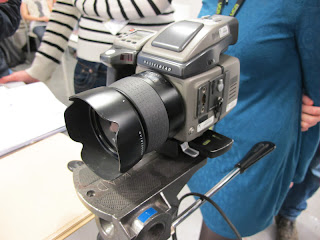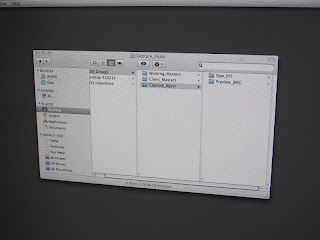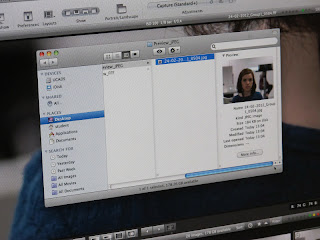Today I have watched for the second time my copy of Rome open city. Having made three pages of notes I've set about completing the task of writing a brief review of the film;
Film Review
Rome Open City
‘Roma, Citta Aperta’
by Roberto Rossellini
1946
Characters
- SS Major Bergmann; Main SS protagonist and Gestapo officer
- Ingrid; (Bergmann’s assistant) a selfish social degenerate and lesbian
- SS Major Hartmann; First World War veteran who commanded firing squads in WW1
- Italian Police commissioner, sympathetic to the Germans and working for the SS
- Don Pietro Pellegrini; Catholic Priest and sympathiser to the resistance a selfless man and one of the main characters of the film.
- Pina; A single mother and selfless Catholic, pregnant with a child belonging to Francesco whom she has known for two years. She has one son, Marchello from a previous relationship.
- Francesco; Partner to Pina
- Romelleto; Child and fierce anti Nazi/resistance supporter. One of a gang of children who become responsible to bombing a Nazi supply truck
- Sexton; A slightly comical character
- Policeman; Sympathetic to the resistance
- Lauretta; Pinas selfish sister who associates with Germans and works with Marina
- Marina Mari; Mistress to Manfredi. Friend to Loreta (through work)
- Giorgio Manfredi; Real name Luigi Ferrari. A long time communist, anti right wing/anti Nazi. He takes on the false name of ‘Giovanna Episcopo’towards the end of the film
- Austrian Deserter; Fleeing the battle of Casio*
(*Thus dating this film to 1944-after the death of Mussolini . Dating this film to a period in time when Rome was designated an ‘Open City’ by the Germans who ruled in place of Mussolini. An ‘Open City’ was by definition not fortified or heavily defended, a designation intended to save historic cities from Allied bombing and major destruction)
This film set in Occupied Rome in 1944 concentrates on the story of a handful of people living under Fascist occupation. It is a story of their struggle to survive and support the resistance. Giorgio Manfredi is an underground resistance leader (real name Luigi Ferrari) who comes into the life of Pina (a selfless pregnant) woman engaged to be married to Francesco whilst he (Manfredi) visits a girlfriend (Marina Mari). Assisted by the priest Don Pietro Pellegrini every effort is made to assist him and his resistance movement. Alas the local children bomb a German Supply vehicle and the Gestapo believe Manfredi is to blame. They instigate searches for local men, resistance fighters, deserters and especially Manfredi. During this search the priest saves the local children by preventing one (Called Romelleto ) from attacking the Germans with a grenade from the rooftop and by also hiding his weapons. Unfortunately Francesco is rounded up and as Pina chases after him she is shot dead in front of her son (Marchello) and the priest. Manfredi (Luigi Ferrari) is betrayed by Marina Mari who sells his location to the SS (for a fur coat) via Ingrid (Major Bergmann’s assistant). Manfredi is tortured to death in front of the priest (Don Pietro Pellegrini). The priest is then put before a firing squad (who being Italian) deliberately miss him, leaving an SS officer called Hartmann to kill him with his pistol. The film ends with the gang of children who supported their priest to the end, showing their humanity and solidarity.
Visually the film is shot often on location, using hand held cameras on occasion. The use of sets is restricted to the Gestapo HQ. Film stock was hard to come by so much was ‘procured’ from the American occupiers and the film used varied in quality which adds to the documentary feel and look of many of the images. Natural lighting is used with no gimmicks, no flashbacks, and no special effects to create a humanistic and simple approach to the film. Innovative for its time upwards facing shots were used to create drama and danger. Shots looking down upon the Germans created a view point those looking down from apartment windows in fear. When Manfredi was tortured the lighting was stark and dramatic, with strong use of light and dark. Shadows cast to create a 'film noir' feel and look to the scenes, emphasising the fear and drama. Music is used sparingly to build drama and close ups are also used for the same effect. Editing uses simple transitions from one scene to the other using ‘wipes’ occasionally. Much symbolism is entwined into the plot with the careful positioning of buildings, religious icons and symbols, uniforms, pose, stature etc.






















































